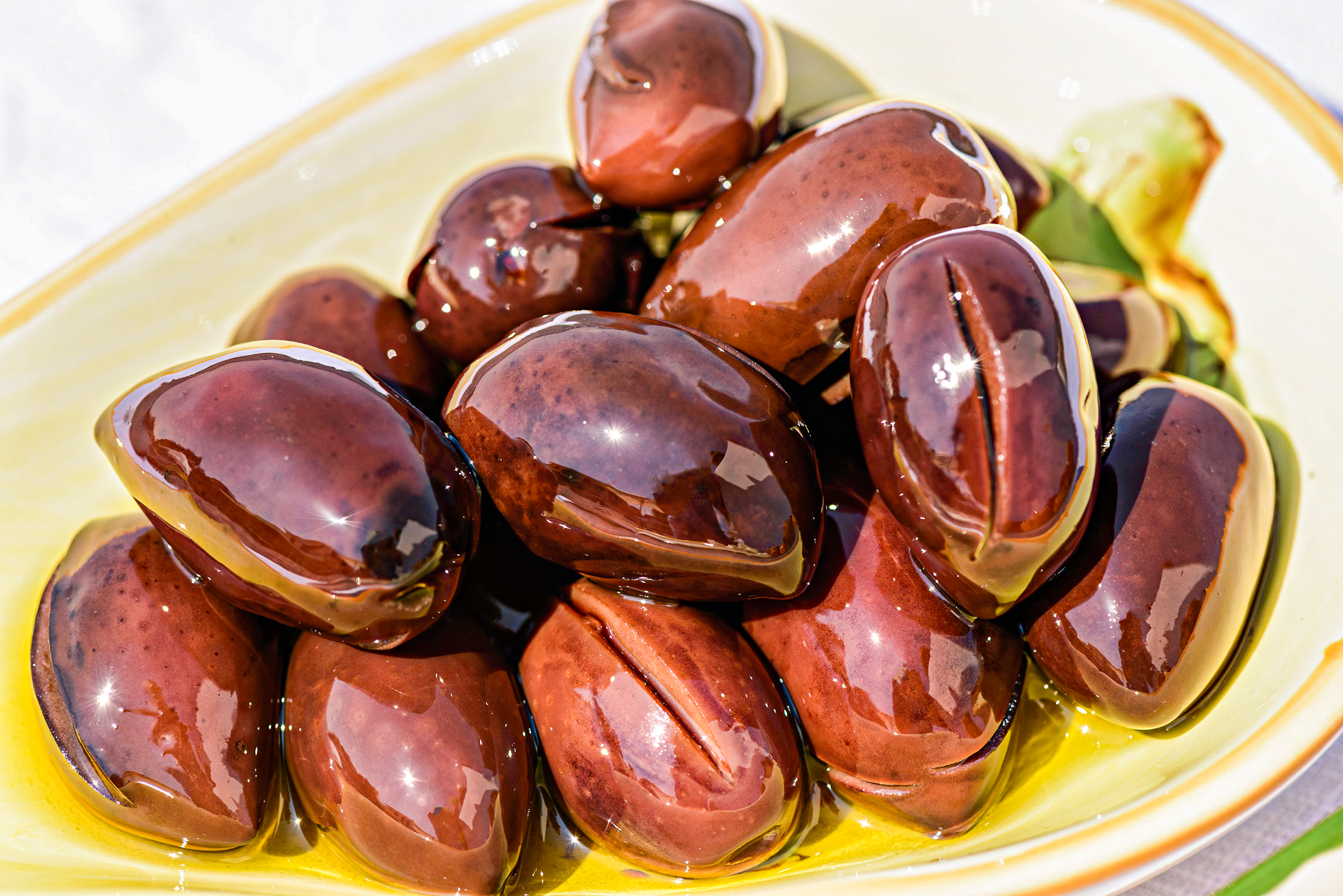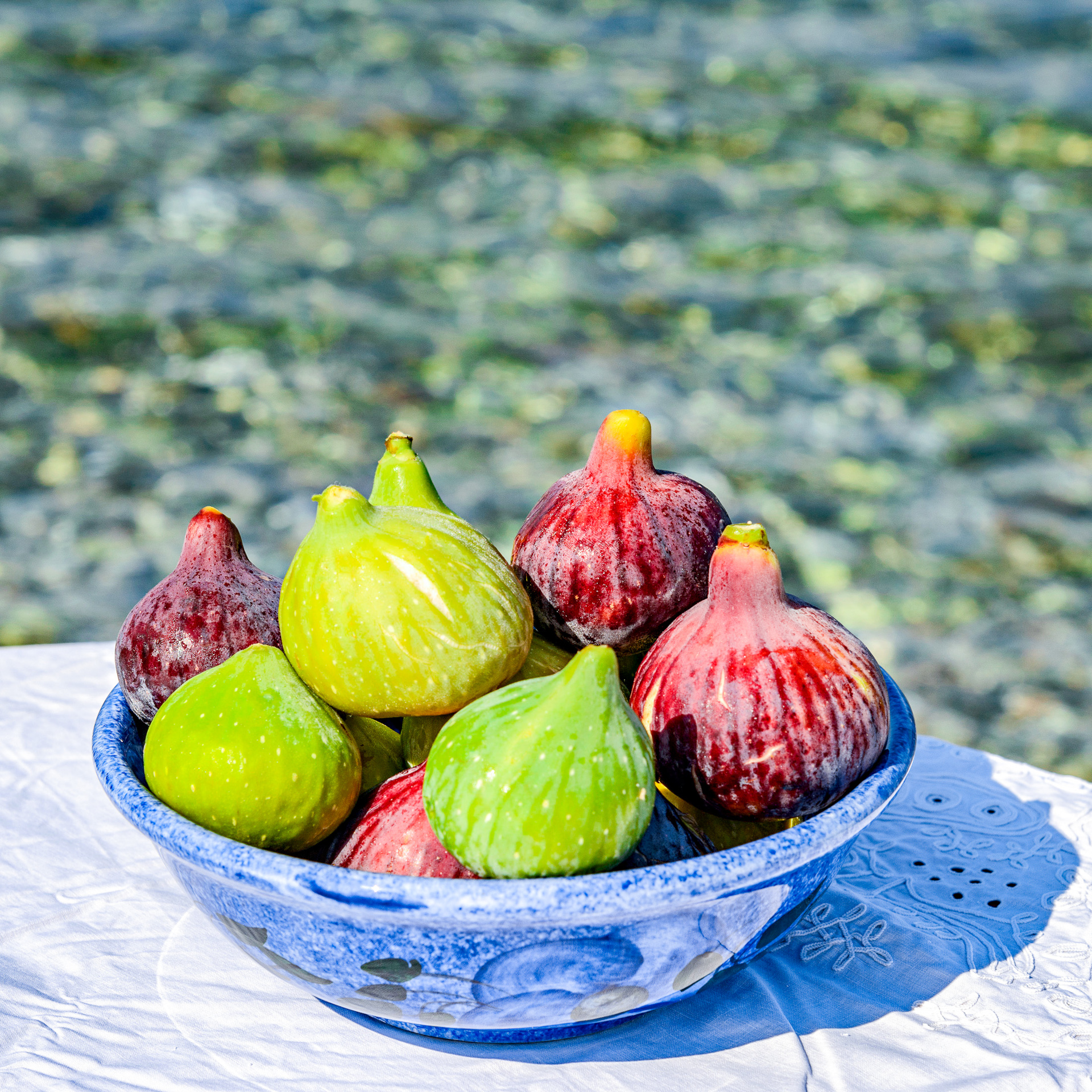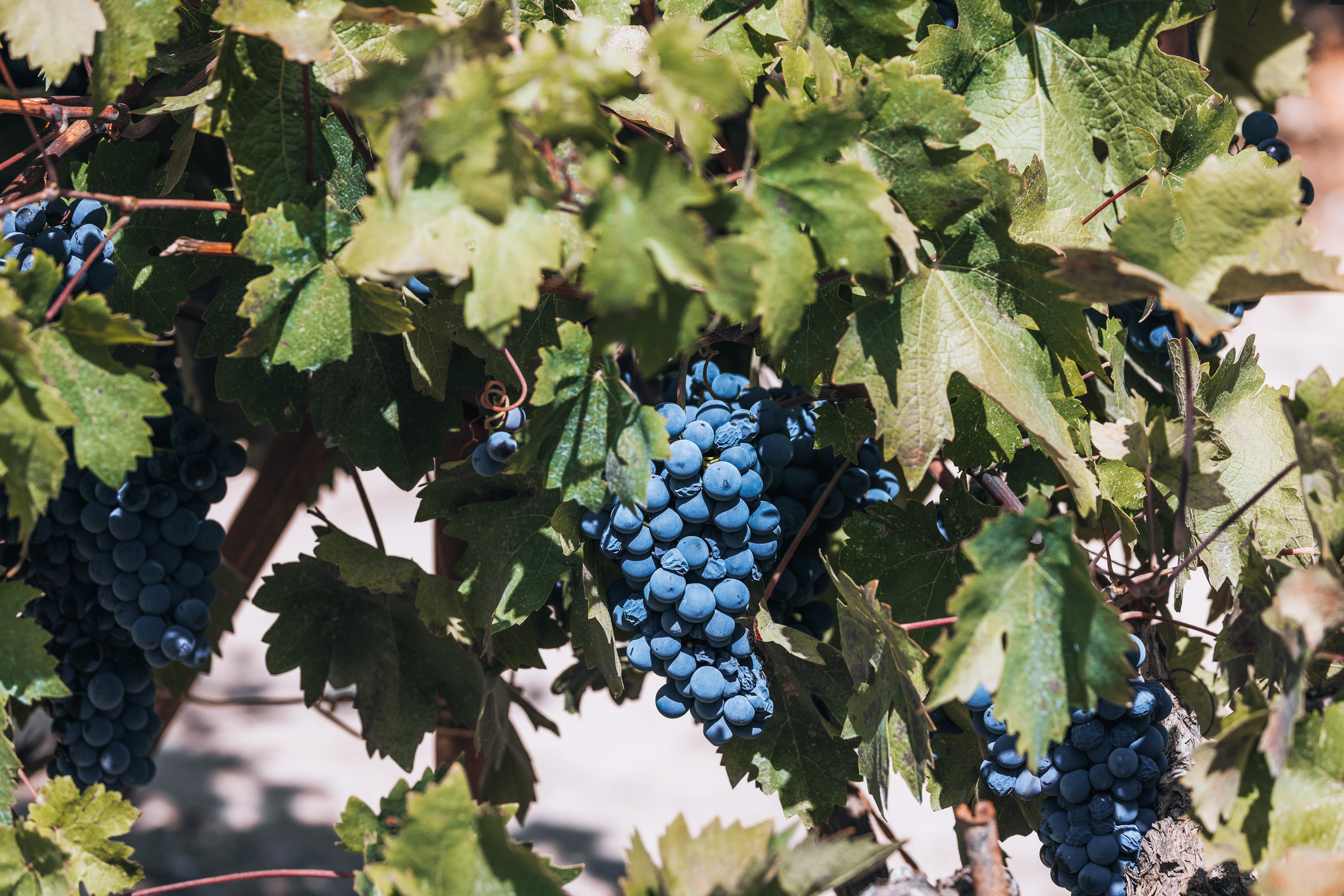Climbing Areas in the Peloponnese
There’s nothing that you can’t do in the Peloponnese and there’s nothing that you won’t want to do. It’s a vast canvas for you to create your vacation, while fulfilling your needs and your soul.
Climbing Areas
Lagada Climbing Park
Directions:
The area is easily accessible from the Sparta-Kalamata National Road and it’s only a few kilometers from the area of Trypi. The best period for rock climbing is from mid-May to mid-October.
Information: Hellenic Alpine Club of Sparta
Leonidio Climbing Park
If you are a passionate climber, then you have to experience the striking red rock, which stands tall in Arcadia. Leonidio is considered to be the “it” place for rock climbing in Greece and the region is evolving to become one of the biggest climbing zones of Europe. The high quality of limestone leads the way for hundreds of fields and thousands of new routes. Just picture it, you can have more than you ever imagined for a truly intense experience.
Field of Action:
There are 130 routes (sectors 5a and 8b) at your disposal in the area of Leonidio and this number is continuously increasing. There are a lot of points for bouldering and if you take the ideal climate under consideration, there’s no doubt why the sectors of Leonidio keep inviting more and more climbers. Some fields are south oriented and others are north oriented, which address different wants and need. Plus, most of the rocks are located a few kilometers from the beach and are directed toward the mountain.
Directions: Take the Athens-Tripoli National Road and follow the signs to Argos, then to Astros, and finally to Leonidio
Information: climbleonidio.com
Mount Mainalon
If you want to discover the holy mountain of god Pan, the mountain of legends and history, then you should climb Mount Mainalos. It’s the “heart” of the alpine zone of the Peloponnese and it preserves its absolute natural landscape. The mountain covers the biggest part of Arcadia from the north and it boarders with the mountains of Oligyrtos, Lyrkio, and Artemissio from the east, via semi-alpine valleys. It reaches the mountains of Helmos and Erymanthos from its north side, while it faces mount Lykaio from its west side. Finally, it approaches Mount Parnon from the south and it joins with the northern part of Mount Taygetus. It covers 1.500.000 acres, while its alpine zone covers approximately 800.000 acres. Loussios River originates from the west side of the mountain and it creates a stunning canyon with lush flora. The intense terrain of the mountain has many shifts: steep gorges, conical peaks, alpine plateaus, large sinkholes, dozens of small rivers, and a lush forest that protects lots of wild species. Also, it offers an extended network of trails that offer tons of options. All you have to do is choose the level of difficulty you want and explore the legendary landscape.
Peaks to Conquer:
Ostrakina (1.981 meters), Sfendami (1.807 meters), Tzelati (1.868 meters), Messovouni (1.860 meters), Aidinis (1.849 meters), Mavri Koryfi (1.818 meters), and Mourtzia (1.761 meters)
Mount Parnon
If you want to set foot on a marvelous mountain that’s been praised from ancient times, then Mount Parnon warmly welcomes you. It covers an area of 2 million acres in the east of the Peloponnese and its name in Ancient Greek means “the peak that shines”. The mountain has great historical, cultural, and ecological value. The archeological findings, such as various remains, castles, observatories, quarries, and Byzantine sites prove that it was inhabited from the Stone Age and during ancient times. Moving on to today, the natural landscape of Mount Parnon is considered to be one of the most significant ecological zones in Greece. Its biggest part is covered with forests of plane, chestnut, Kefallinia fir, black pine, oak, and apple cider trees. The cedar forest close to the monastery of Moni Malevis is also very important and it’s the only forest in Europe that’s been listed as a natural monument. The flora of the mountain is extremely rich and it contains many varieties of therapeutic plants. The mountaineers usually prefer Mount Parnon for its striking scenery with deep gorges, beautiful valleys, numerous peaks, caves, waterfalls, springs, and rivers. The whole landscape creates a magic effect that’s evident in each and every step.
Peaks to Conquer: Psari, Prophet Elias, Gaitanorachi, Korombilia (over 1.7000 meters), and Koulochera
Mount Ziria
If you want to roam around a mythical mountain that’s full of natural and historic treasures, then you have to get to Mount Ziria. It’s the second highest mountain of the Peloponnese and it consists of 2 blocks: Big Ziria (2.374 meters) and Small Ziria (2.117 meters), while the Flambouritsa Valley conceivably divides them. Also, the great cave that Hermes, the messenger god, was born is located within the valley. It’s set at 1.700 meters of altitude and it covers 1.200 square meters. It has 8 altitude chambers and it also demonstrates a rare white stone blend. The mountain mainly consists of Mediterranean heats with gorses, steep cliffs, caves, forests with plane trees and rare vegetation, which includes more than 100 plant types, and it protects a lot of sensitive animal species. On the north side of Big Ziria, there’s another spacious plateau, known as Plain Ziria. There are two lakes close to the slopes of Ziria (also known as Kyllini), the artificial Lake Doxa, and Lake Stymfalia. Furthermore, there are a lot of seasonal lakes that appear on the plateau, such as Lake Dassiou that’s the most popular and it lies at 1.500 meters of altitude. The forests of black pine and fir trees (up to 1.800 meters of altitude) are really striking and they awaken your senses. Basically, the whole mountain will conquer your heart, over and over again.
Peaks to Conquer: Mikri Ziria (Small): Hioni (2.117 meters), Doussia (2.086 meters), and Tsouma (2.021 meters) Megali Ziria (Big): Simio (2.374 meters), Prophet Elias (2.257 meters), and Paragga (2.032 meters)
Kavo Malia Climbing Park
If you want to climb with a view of the deep blue, then the Kavo Malia Climbing Park (also known as Zombolo) will give you an unforgettable experience. It’s full of vertical rocks that tower over the area, which make a great impression in all senses. On top of that, the interchanging scenery that embraces the crystal blue waters, the little sandy beaches, and the exquisite calmness gives you all the “support” you need, in order to focus on your mission.
Field of Action:
The rocks of Kavo Malia are of top limestone quality and their morphology is ideal for all climbing grades. The terrain consists of stalagmites, vertical plates, rock roofs, caves, and anything else you could possibly imagine. It offers innumerous possibilities for new routes to be opened, both for endurance and for traditional climbing. There are various routes on 3 different fields. The first field is situated at the foothills of Mount Zombolo (approximately 7 kilometers away from the village of Agios Nikolas) and it includes 70 routes. Its southern exposure makes it ideal for the winter, as well as for the early mornings or late evenings of the summer. The second one, the northeastern field, is just 300 meters away from the first field and it contains 3 routes. The third one, the new entry, is located 2 kilometers northeast of the other two fields and it has 30 routes to offer.
Directions:
The park is located close to the area of Vlachioti and before reaching it you have to pass Sparta, Krokees, and Skala (be careful at the intersections after Sparta)
Information: kavomalias-climbing.gr
Mount Taygetus
If you want to override the highest mountain of the Peloponnese, Mount Taygetus (2.407 meters) can rise up to the occasion. Its main ridge is the cutting edge between its two sides. The east side has plenty of waters, forests, and small verdant hills, while the west side is full of parched slopes, ridges, and glens. Two beautiful rivers originate from Taygetus, Evrotas River that pours into the Laconic Gulf and Nedondas River that pours into the Messenian Gulf. The mountain is furrowed by many torrents that create large gorges. The verdant stream banks shelter a great variety and a large number of animal species. Several bird species nest in the alpine forest, as well as small mammals. This natural environment offers a wide range of possibilities for routes of any level and duration, while providing thrilling fields for some intense climbing. Any activity you may choose can include the E4 Long Distance Trail or it can be combined with mounting down the big canyons on the west side of the mountain (Vyros, Rindomo, Koskorakas), which can take up 2 to 3 days. So, if you want to achieve some really high goals, Mount Taygetus is a serious challenge.
Peaks to Conquer: Marmarokastro (2.228 meters), Mavrovouna or Vassiliki (1.908 meters), Neraidovouna (2.025 meters), and Prophet Elias (2.407 meters) with the little church on it
Kalamitsi Climbing Park
If you are a fan of rock climbing, then you can have lots of fun in the region of Mani. The area is popular not only for its history, but also for its morphology. The terrain of West Mani along with its maze of routes network, which connects the alpine villages, create an ideal spot for all types of outdoor activities. Moreover, it provides remarkable natural climbing fields that challenge your skills and add extra value to your experiences.
Field of Action:
The striking rock rises above Kalamitsi Beach of the Messenian Gulf, close to the area of Stoupa and right at the exit of Kardamyli. In 2013, the two creators of climbing trails, Giorgos Malamas and Ervin Witowschi, approved the rock. It consists of top limestone quality and its spread lines are 80 meters tall, which make it ideal for climbing. Thus, along with the assistance and the support of the “2407 Mountain Activities” Organization and of the Voluntary and Cultural Society “GAIA”, the Kalamitsi Climbing Park was created. The two fields of Karteri and Gerakofolia offer 20 climbing routes.
Directions:
A sign that directs you to Proastio-Exochori exists within 1 kilometer from Kardamyli to Stoupa. Turn left at the sign and continue for 100 meters











